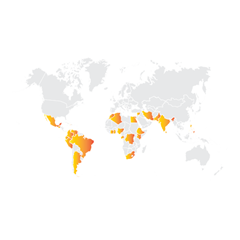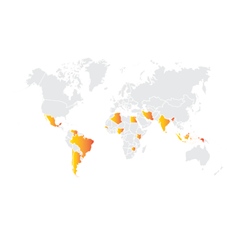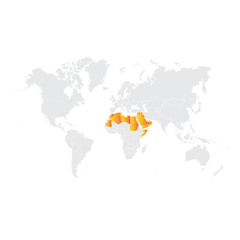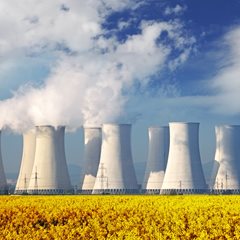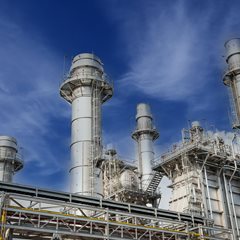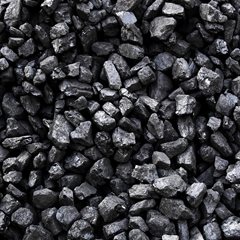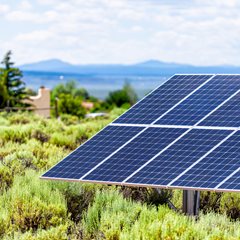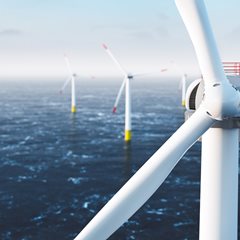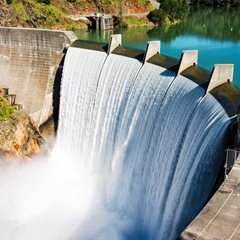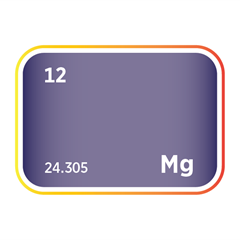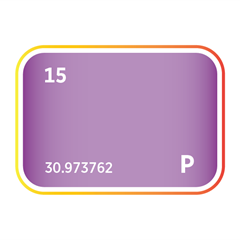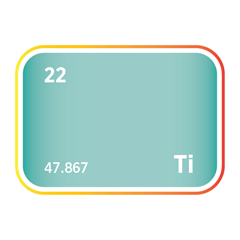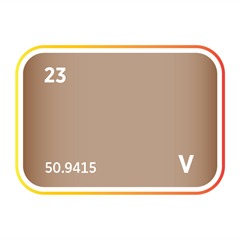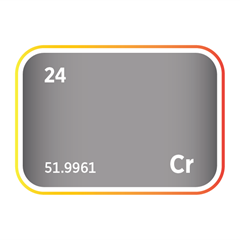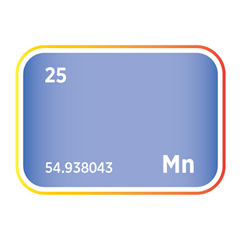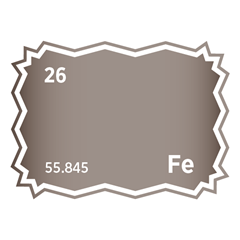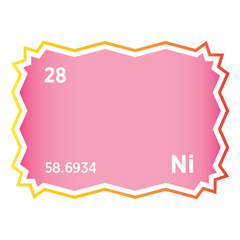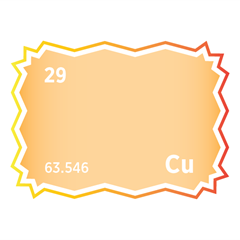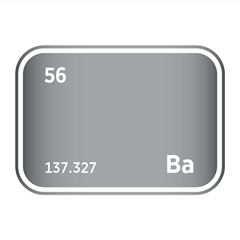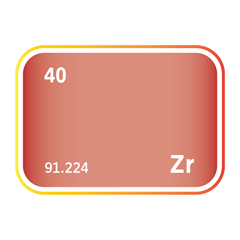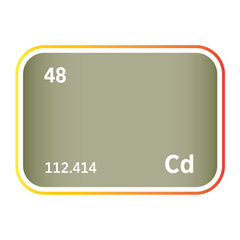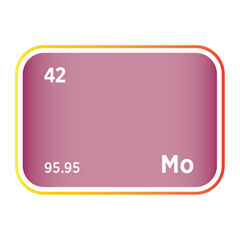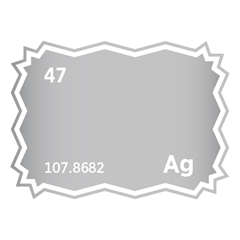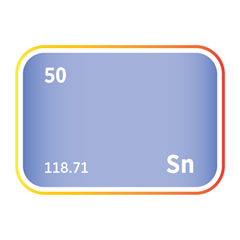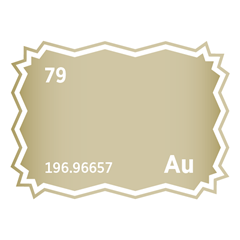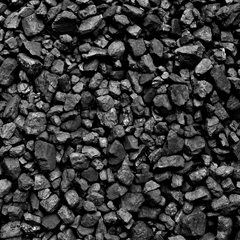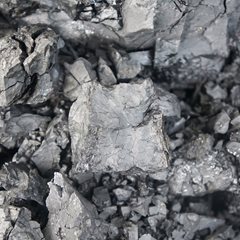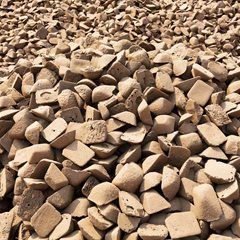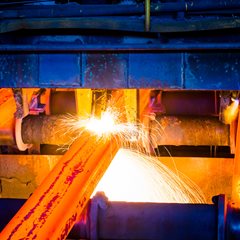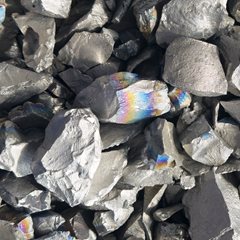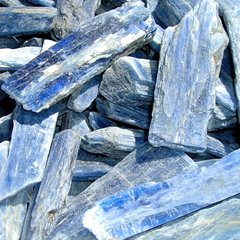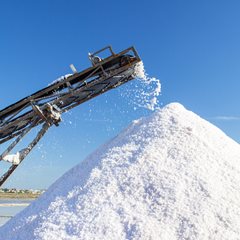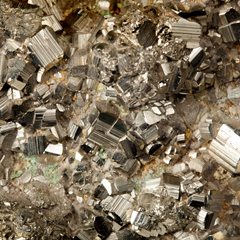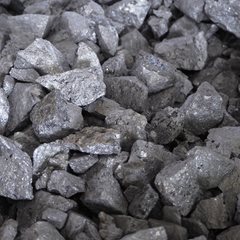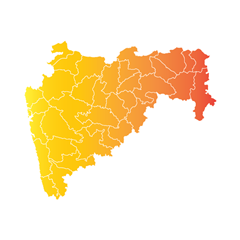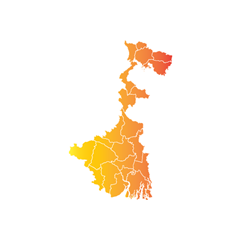India
Critical minerals, policy, and the energy transition
The Energy Transition in India
As India embarks on a transformative journey towards sustainability, the spotlight shines on its invaluable assets—solar, wind, and biomass resources, along with critical minerals such as thorium, lithium, and rare earths. These natural treasures underpin India's ambitious aspirations in renewable energy, electric mobility, and cutting-edge technological innovations, bolstered by dynamic policies advocating for sustainable mining practices and technological breakthroughs. This strategic emphasis underscores the pivotal role of these essential resources in steering India towards a future of energy sovereignty and environmental conservation. The energy transition in India is a significant shift from traditional energy sources like coal and petroleum. This transition is pivotal for reducing greenhouse gas emissions, promoting sustainable development, and ensuring energy security. States play a crucial role in this transition by harnessing their unique geographical and natural resources to generate renewable energy. This decentralized approach empowers states to contribute to national energy goals, promotes regional economic growth, and reduces environmental impact, aligning with global efforts to combat climate change.
Latest news and insights
Stay ahead in the energy transition with SFA (Oxford)’s cutting-edge insights into how critical minerals, supply chain strategy, ESG mandates, and global trade policy are redefining China’s role in energy leadership.

Critical minerals could make the next outage permanent
18 November 2025 | Jamie Underwood, Ismet Soyocak
Cloudflare’s outage disrupted 20% of global web traffic, spotlighting the internet’s vulnerability to centralised systems, and the critical minerals powering them.

Platinum Group Metals Market Report – Q3 2025
30 September 2025 | Beresford Clarke
Platinum’s rally—short-term or structural shift? SFA’s Quarterly Report covers key drivers, industry impacts, and price risks to 2028.
Annex-I: Adjusted US Reciprocal Tariffs Country List
2 April 2025 | White House
India’s rising passenger vehicle sales to eclipse Japan’s in 2023
13 March 2023 | SFA (Oxford) & Heraeus
Will silver feel the heat from the rising cost of solar?
28 June 2021 | SFA (Oxford) & Heraeus – Edition 22
Some central banks are concerned about inflation, but not the Fed
3 May 2021 | SFA (Oxford) & Heraeus – Edition 15
India's international economic, trade, and security alliances
India's energy and power mix
Energy Raw Materials and products produced in India
Essential minerals production and products in India
Union Territories of India
India has eight Union Territories (UTs): unlike states with their own governments, UTs are directly governed by the Central Government. However, Delhi, Puducherry, and Jammu & Kashmir have been granted partial statehood, with their own legislatures and chief ministers but limited legislative powers, making them a blend of UTs and states. This structure allows for centralised administration, especially in strategically important and smaller regions.
The States of India
India comprises 28 states, each with its own government, reflecting the country's federal structure. States in India possess a high degree of autonomy, with their own legislatures, executives, and judiciaries, allowing them to enact and implement laws on subjects enumerated in the State List of India's Constitution. This autonomy enables states to address their unique cultural, economic, and geographic needs. In contrast to Union Territories, which the Central Government directly governs, states have broader legislative powers and responsibilities.





Meet the Critical Minerals team
Trusted advice from a dedicated team of experts.

Henk de Hoop
Chief Executive Officer

Beresford Clarke
Managing Director: Technical & Research

Jamie Underwood
Principal Consultant

Dr Jenny Watts
Critical Minerals Technologies Expert

Ismet Soyocak
ESG & Critical Minerals Lead

Thomas Shann Mills
Senior Machine Learning Engineer

Rj Coetzee
Senior Market Analyst: Battery Materials and Technologies

Franklin Avery
Commodity Analyst

How can we help you?
SFA (Oxford) provides bespoke, independent intelligence on the strategic metal markets, specifically tailored to your needs. To find out more about what we can offer you, please contact us.




